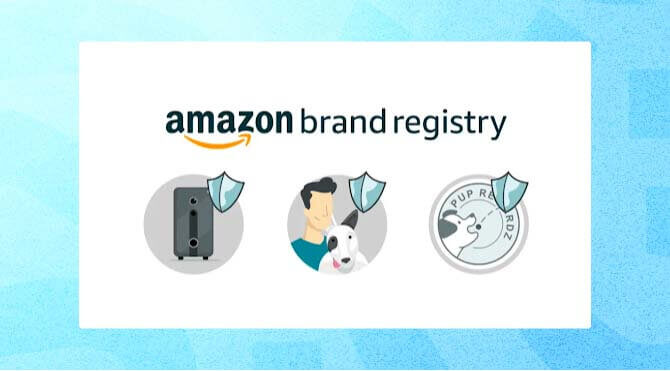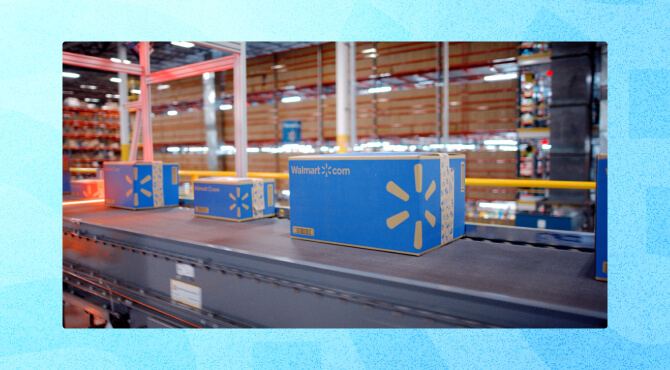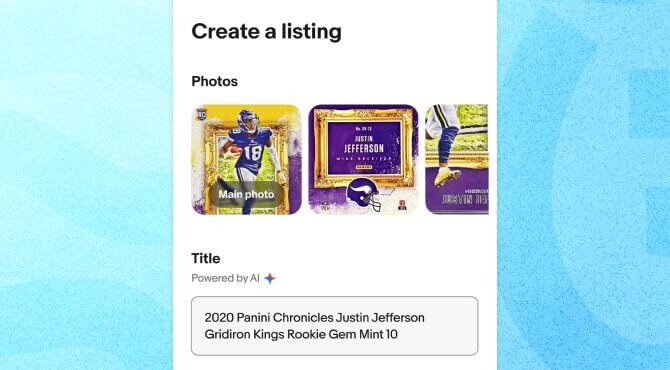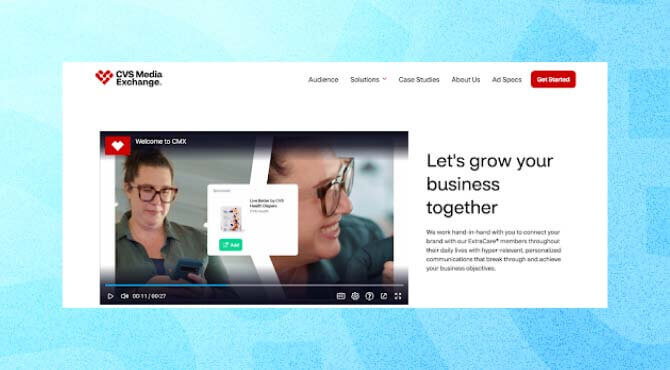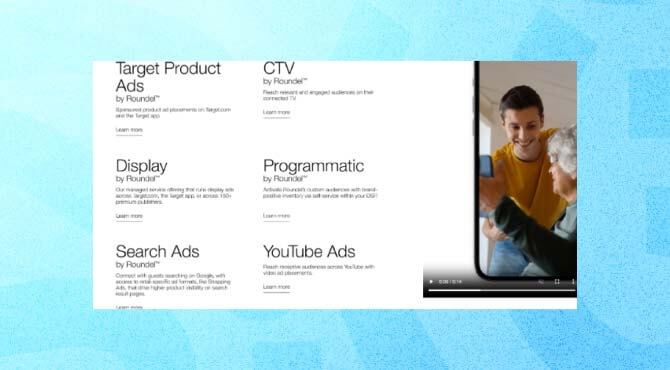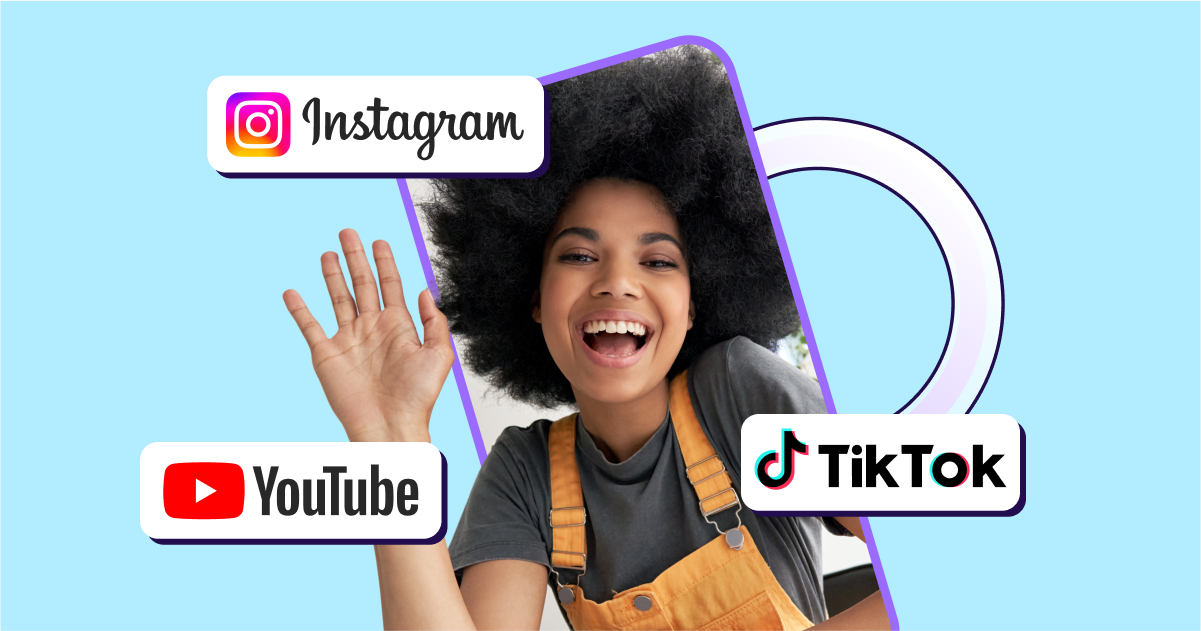
Retail media networks
Retail media networks are ad platforms that help advertisers reach their target audience both on their own channels and on third-party channels. Brands work with these networks not just as advertising channels but also to extend the effectivity of their campaigns, as they can collaborate on creating specific audience segments, to align with their business objectives.
What are retail media networks?

Retail media networks (RMNs) are a type of ad platform that offers advertisers the ability to reach their target audience on their onsite (or owned) channels as well as across their offsite (or third-party) channels. By running campaigns on retail media networks, brands can collaborate with said networks to build segmented audiences that are tailored to hit their business goals.
Retailers possess valuable insights into customers’ preferences that can help advertisers tailor their offerings to their needs. This enables them to provide advertisers with access to valuable first-party data that was previously unavailable. From the advertiser’s perspective, this means the opportunity to reach specific consumer groups precisely when they are ready to make purchases and according to their needs.
A gaming brand, for instance, might team up with an electronics store to advance downloads of their app by targeting audiences interested in gaming consoles. Using retail media networks, they can reach these audiences on both their own and third-party channels.
With cookies soon becoming obsolete, retail media offers a reliable way to reach audiences while respecting their privacy. According to the IAB, traditional user acquisition and retention methods may become ineffective. However, leveraging data collaboration platforms with privacy-enhancing technologies ensures business continuity by enabling effective acquisition and retention strategies.
What are the benefits of retail media networks?

Next, let’s dive into the multifaceted benefits for involved parties that make retail media networks a game-changer in modern commerce.
Retailers
- Increase their bottom line: Selling ad space to third-party brands creates an additional revenue source for retailers, diversifying their income. Retail Media Networks allow retailers to directly link advertising expenses to sales, offering a straightforward measure of ROI and improving attribution modeling.
- Monetize first-party data: Leveraging their access to data, retailers can collaborate with brands to build precision targeted audiences.
- Enhanced collaboration: Retail Media Networks promote stronger ties between retailers, advertisers, and customers, creating a collaborative environment for mutual success.
Advertisers (also referred to simply as ‘brands’)
- First-party data access: Advertisers better understand consumer preferences and buying patterns through the valuable insights from RMNs.
- Precision targeting: RMNs empower advertisers to precisely target specific consumer groups, enhancing the effectiveness and engagement of their campaigns.
- Adaptability without cookies: As third-party cookies diminish, RMNs provide advertisers with an alternative targeting approach, maintaining efficiency in reaching their audience.
- Comprehensive reporting: Advertisers receive comprehensive feedback on the entire advertising cycle, from impression to purchase. This enables ongoing enhancement of campaign strategies through closed-loop reporting.
Customers
- Improved shopping experiences: RMNs contribute to an improved shopping experience by presenting customers with relevant and personalized ads, helping them make informed purchasing decisions.
How does a retail media network work?
Retail media networks provide a powerful avenue for brands to reach their target audience effectively.
By using this type of digital advertising, retailers and brands are able to provide consumers with a better and more relevant purchasing experience.
Here’s how a retail media network works.
1 — Leveraging first-party data
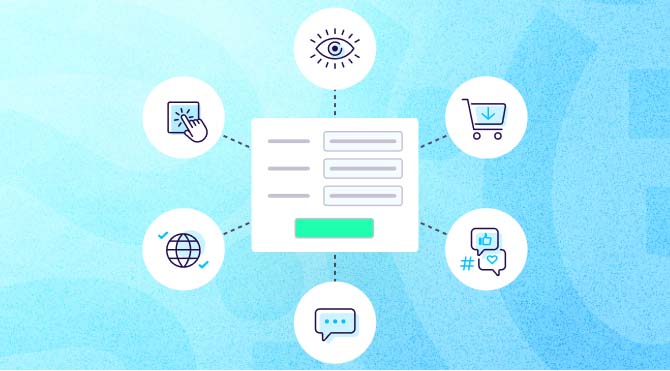
At the heart of the retail media network is the retailer’s first-party data, gathered from past customer purchases. This valuable information serves as the foundation for tailored advertising campaigns.
Retailers offer brands the chance to leverage this data to create highly targeted campaigns for their products, thereby improving sales.
2 — Diverse digital channels
Brands gain a platform to advertise across a wide range of channels. This includes the retailer’s onsite channels, such as their own websites and apps, as well as their offsite channels, which includes third-party media channels, such as the ad networks that the retailers themselves advertise on.
3 — Varied ad products
Advertisers can choose from a range of ad products within the retail media network. These include, among others:
- Display ads
- Sponsored products
- Sponsored brands
- Search ads
- Email ads
- In-app/in-store ads
- CTV ads
…and the list goes on
The flexibility of these formats allows brands to customize campaigns to meet specific marketing goals.
4 — Business model evolution
Retail media networks offer retailers the opportunity to evolve their traditional business model. By adding digital advertising revenue streams, retailers can strengthen both their top and bottom lines.
This shift is particularly attractive as ad businesses typically boast higher margins compared to traditional retailing.
5 — Necessary infrastructure
However, RMNs aren’t a plug and play solution: you need a robust data collaboration infrastructure in place.
Data collaboration platforms ensure privacy compliance and effective audience targeting by securely sharing data among partners while protecting consumer privacy and adhering to regulations. They also enable the measurement of campaign effectiveness by connecting purchase data to advertising efforts.
Examples of retail media networks
Here are the best and emerging retail media networks you’ve got to check out.
1 — Amazon Advertising
With a dominant 75% share of the predicted $45 billion retail media spend, Amazon’s unrivaled market presence and customer base make it a powerhouse for advertisers. Since its inception in 2012, Amazon has continually expanded its advertising offerings and capabilities, setting industry standards along the way.
Key features of Amazon Advertising include access to Amazon Stores, allowing brands to stand out in a competitive marketplace, and Amazon Brand Registry, providing brand protection. Amazon also has an extensive repository of first-party customer data, crucial for targeted advertising efforts, supported by advanced tools like AMC Audiences.
Amazon’s focus on non-endemic advertising and the Fulfillment by Amazon (FBA) service, ensuring swift nationwide shipping, further cements its status as a top-tier RMN.
2 — Walmart Connect
Walmart is not only a well-known brand but also a powerful retail channel with a substantial inventory and a strong physical presence. Their retail media network platform, Walmart Connect, effectively combines in-store and online shopping, even displaying web-based reviews on store shelves, enhancing the overall shopping experience.
Walmart stands out with a significant percentage of items filled from their stores, ensuring quick shipping and giving them a competitive edge over rivals like Amazon. Additionally, their Walmart Fulfillment Services contribute to smoother shipping processes for sellers.
Continuously improving its advertising options, Walmart has introduced features like New Predictive Targeting and expanded Display Auctions to help brands reach their audience effectively. Strategic partnerships with TikTok, Roku, and Meta further validate Walmart’s commitment to precise audience targeting and accurate campaign measurement.
3 — eBay
For advertisers, eBay offers Promoted Listings Standard ads, which boost visibility at a low cost. It has recently introduced Promoted Listings Advanced ads in CPC format, allowing above-average and top-rated sellers to appear at the top of search results for specific keywords.
With nearly 30 years in the game, eBay has proven its ability to adapt to changes. The company has made strategic moves like acquiring Certilogo for AI verification and introducing the GAI Magical Listing feature. To stay ahead, eBay consistently introduces new services. A recent example is the launch of a luxury consignment platform to compete with platforms like Poshmark.
Ranked as the 4th largest marketplace in terms of retail ecommerce sales, eBay is an excellent option for businesses looking to expand internationally.
4 — CVS
Here’s how it works: CMX uses customer data gathered by CVS, including information from various stores and loyalty program participants. Advertisers then customize ads for individual customers, which appear on platforms such as the CVS website and other websites.
While most shoppers don’t exclusively use the CVS website, CVS possesses valuable insights due to the widespread use of its ExtraCare loyalty card. Moreover, it also teams up with other companies like Instacart and Target to reach even more people with their ads.
With numerous stores and services like Care Pass, CVS effectively targets ads by understanding diverse customer preferences. The seamless integration of stores with advertising efforts positions CVS as an effective platform for companies to connect with their audience and boost brand visibility.
5 — Target Roundel
Target is a big retail player in the U.S., with lots of stores and online shoppers. Its advertising arm, called Roundel (formerly known as Target Media Network), is quite impressive. Think of it as a club for advertisers, giving them access to over a thousand partners, including big names like Coca-Cola, Microsoft, Unilever, and Disney.
What’s cool about Roundel is that it offers all kinds of ads — not just regular ones but also on social media like Pinterest and Facebook, and even on Google Shopping. It also makes use of Target’s many physical stores, making it easy for brands to reach people shopping in-store.
Target also has a loyalty program called Target Circle. Advertisers love it because it gives them useful info about what customers like. With Roundel’s Target Product Ads and Search Ads, brands can use this info to get people to buy stuff both online and in the actual stores.
Key takeaways
- Retail media networks (RMNs) are digital marketing channels owned by retailers, encompassing websites, apps, and other platforms. They provide space for retailers to advertise their products or sell advertising slots to other brands, making them an integral part of modern commerce.
- Amazon Advertising, Walmart Connect, eBay, CVS Media Exchange (CMX), and Target Roundel are notable examples of successful retail media networks. Each platform has its unique strengths, with features like extensive market presence, physical and online advertising integration, and partnerships enhancing their effectiveness.
- RMNs operate through various digital channels, leveraging retailers’ first-party data to create targeted advertising campaigns. Advertisers can choose from different ad products, and the closed feedback loop ensures continuous optimization of campaigns.
- For retailers, RMNs offer benefits such as generating extra income, directly linking ad spending to sales, and increasing visibility. Advertisers gain access to valuable first-party data, precise targeting, adaptability without cookies, and comprehensive reporting. Customers experience improved shopping with personalized ads.
- Businesses looking to leverage RMNs should weigh their potential benefits, understand the challenges, and choose platforms aligning with their goals. While you get an effective way to reach target audiences, successful implementation requires investment in technology, adaptation to a B2B sales model, and careful management of privacy concerns.

